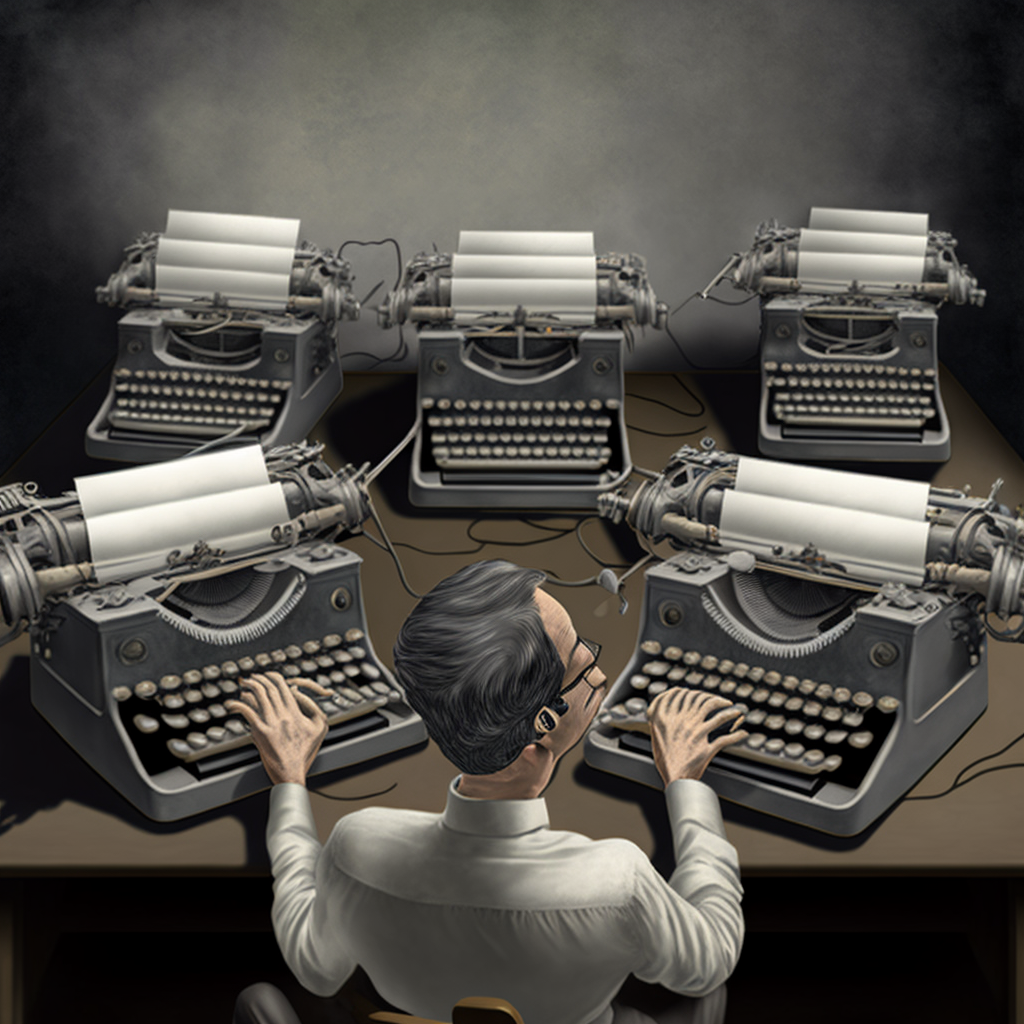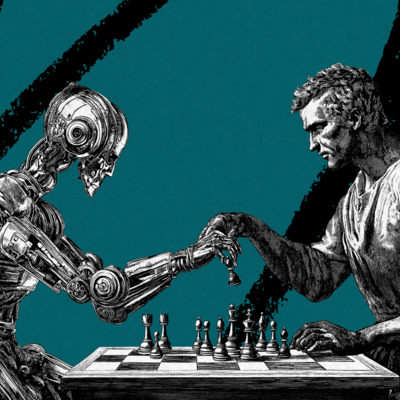
Sponsored By: Akiflow
People think AI is going to replace individuals and create gigantic trillion dollar megacorporations that will upend Google. But I think there’s a strong case to be made that rather than replacing individuals, recent advances in AI will empower them to make an impact on a scale matching some of the biggest businesses, research labs, and creative organizations of today.
Why? What businesses and research labs and movie studios purchase with their cash flow is intelligence. Organizations large and small are responsible for coordinating the intelligence of individual employees together to make products, discover new knowledge, and create new works of art.
AI pushes the cost of intelligence toward zero. And as this happens, domains of achievement that were previously unavailable to individuals and small teams—because they required the marshaling and coordination of a large amount of intelligence—suddenly open up.
If you want to understand what will happen when the cost of intelligence goes to zero, you should look at what people who can afford the currently high cost of intelligence do with it today. What they do with it today, will be what individuals will be able to do with AI tomorrow.
Let’s start with writers.
How this will work for writers
If you’re a writer today, you’ve got to do a lot to stay on top of your game.
Take someone like Ryan Holiday. Ryan runs:
- A daily email called the Daily Stoic
- A Daily Stoic podcast
- A Daily Stoic YouTube channel
- A daily email called the Daily Dad
- Oh and he's also written something like 5 books in the last 2 years
- (I honestly think I’m missing a few things here—he has another newsletter on book recommendations that comes out monthly)
How does he do it? Well, first, an insane work ethic. Second, he has a very well-established content format and pipeline: he reads a lot, he takes a lot of notes on what he reads, and he’s quite good at translating little bits of reading into short, punchy essays that become newsletters or book chapters. These bits of writing then get translated into different formats: YouTube videos, a podcast, and more.
Third, and most importantly, although he’s involved in everything that goes out, Ryan doesn’t do all of it himself. He has writers on staff that help him research and flesh out ideas and outlines into full-fledged posts. He has video editors and producers that help him translate his written pieces into videos. And he has podcast editors who help him turn his writing into audio.
If you want to have a level of output equal to Ryan, you need to not only have his rare combination of drive, writing skills, and intelligence. But you also have to have the resources and reach to recruit and pay the team that helps you output so much writing consistently, and then translate it into new formats.
AI tools change this dynamic considerably.
For one, text-based large language models are already quite good at filling a research assistant or co-writer role. They’re happy to help look up facts and quotes, or to create an outline based on a simple idea. Of course, they’re not as good as a human at these tasks yet—but they’re good enough to have changed my writing process already through Lex, and their rate of improvement is high enough that in a year or two I think we’ll be shocked that we ever wrote without them. Going back will feel like trying to hike a mountain in high heels.
But that’s just how these tools will change the actual writing. They’ll also change writers’ ability to produce content for different formats. Text to speech models are already able to turn essays into human-like narration—just check out tools like Murf.
Video is a tougher nut to crack, but it’s definitely on the way. It’s already trivial to turn text into images using DALL·E and Stable Diffusion. It’s also trivial to use AI to interpolate between two images to create a rough animation. Tools like Runway are advancing rapidly in this space—and I don’t see any reason why these models won’t be able to create high-quality, format driven YouTube videos from an essay in a few years.
AI tools will allow solo creators to run a Ryan Holiday-style business—but much more cheaply, and without a large team.
I think the same thing is true for small teams of people who are trying to start startups.
The Only Subscription
You Need to
Stay at the
Edge of AI
The essential toolkit for those shaping the future
"This might be the best value you
can get from an AI subscription."
- Jay S.
Join 100,000+ leaders, builders, and innovators

Email address
Already have an account? Sign in
What is included in a subscription?
Daily insights from AI pioneers + early access to powerful AI tools










Comments
Don't have an account? Sign up!